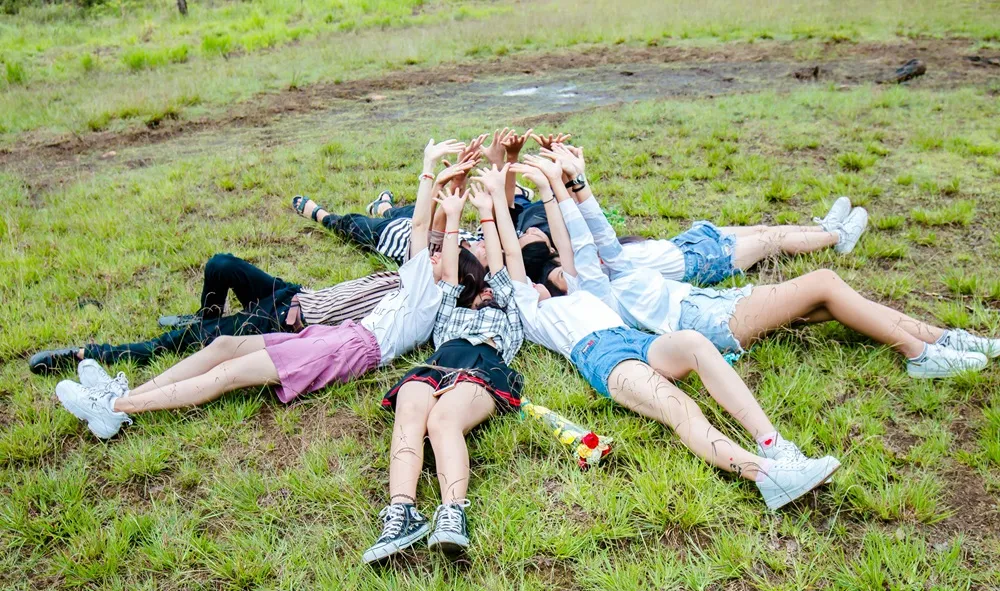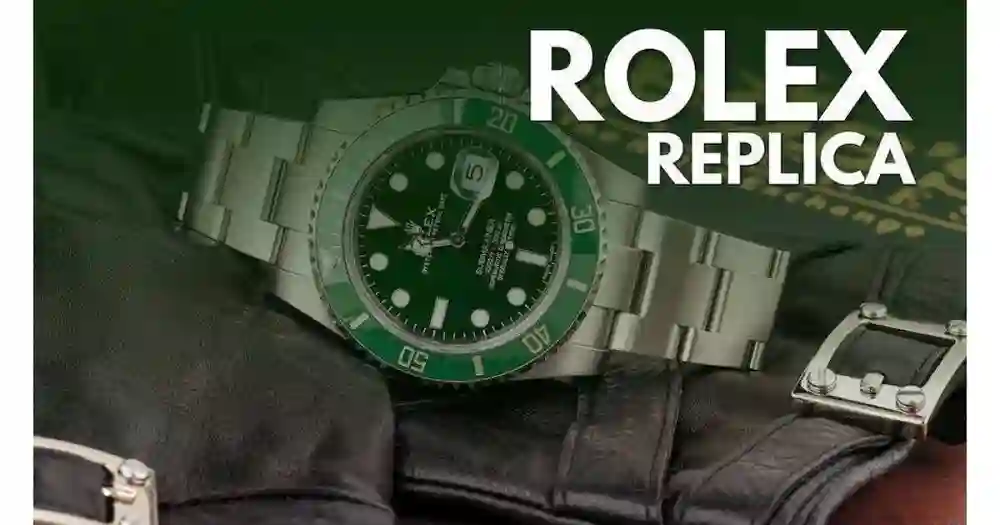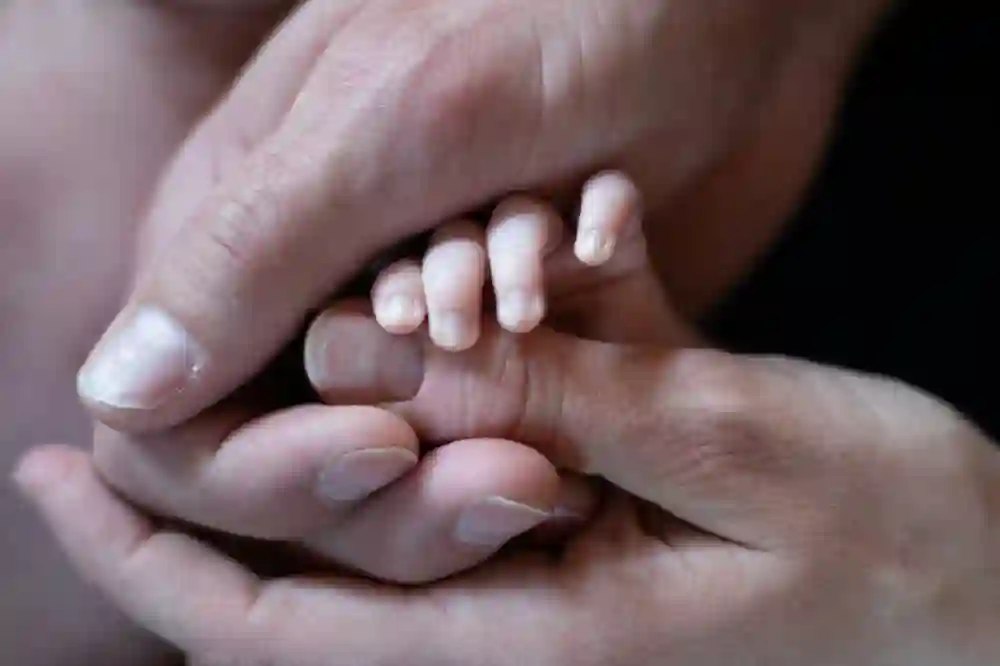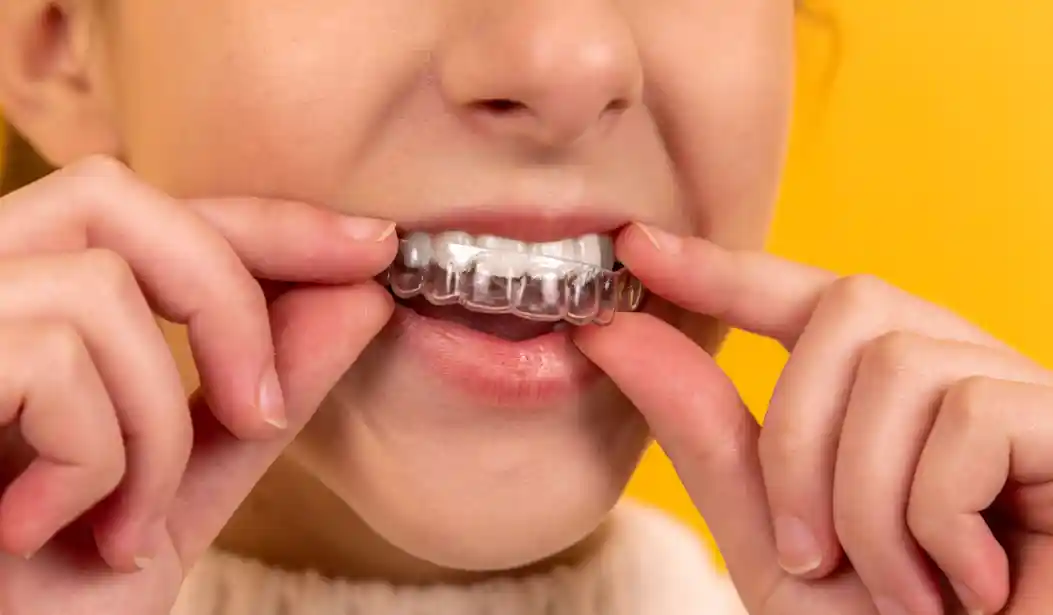Fashion
From Inspiration to Sketch: Fashion Design Drawing Process

Fashion design drawing is the initial step in the creative journey of bringing a clothing design to life. It is a process that transforms abstract concepts and ideas into visual representations, allowing designers to communicate their vision, explore different possibilities, and refine their designs before they are realized in fabric. In this article, we will delve into the fashion design drawing process, from finding inspiration to creating sketches, and explore the essential steps involved in translating imagination into tangible form.
Finding Inspiration:
The first step in the fashion design drawing process is finding inspiration. Inspiration can come from various sources, including art, nature, culture, history, architecture, and everyday life. Designers often draw inspiration from fashion trends, historical periods, travel experiences, personal memories, or social issues, among others.
To find inspiration for your designs, immerse yourself in different creative outlets, such as visiting museums, galleries, and exhibitions, exploring nature, traveling to new places, or browsing fashion magazines and websites. Keep a sketchbook or inspiration journal to capture ideas, sketches, photos, and notes that spark your creativity and imagination.
Developing Concepts and Themes:
Once you’ve found inspiration, the next step is to develop concepts and themes for your designs. Concepts are overarching ideas or narratives that convey the mood, story, or message behind your collection, while themes are recurring motifs, patterns, or elements that unify your designs.
Consider the story you want to tell with your collection, the emotions you want to evoke, and the aesthetic you want to convey. Think about color palettes, fabric choices, silhouettes, and details that reflect your concept and theme. Sketch out rough ideas and thumbnails to explore different possibilities and refine your vision.
Research and Moodboarding:
Research plays a crucial role in the fashion design drawing process, helping designers gain a deeper understanding of their chosen theme, historical context, cultural influences, and technical aspects of garment construction. Conduct research through books, magazines, online resources, and primary sources to gather information and inspiration for your designs.
Create mood boards or inspiration boards to visually organize your research findings and convey the mood, tone, and aesthetic of your collection. Include images, swatches, fabric samples, color palettes, and textures that resonate with your concept and theme. Mood boards serve as a visual reference and inspiration source throughout the design process.
Sketching and Conceptualization:
Sketching is the heart of the fashion design drawing process, where ideas begin to take shape on paper. Start by sketching rough thumbnails and concept sketches to explore different design ideas, silhouettes, and proportions. Focus on capturing the essence of your designs and conveying the overall mood and aesthetic.
Once you’ve refined your concepts and chosen specific designs to develop further, create more detailed sketches that depict the garments from different angles, including front, back, and side views. Pay attention to proportion, scale, balance, and movement, ensuring that your sketches accurately represent your vision.
Experiment with different drawing techniques and styles, such as pencil sketching, ink drawing, watercolor rendering, or digital illustration, to find what works best for you. Don’t be afraid to push boundaries, take risks, and explore new ideas in your sketches.
Iteration and Refinement:
The fashion design drawing process is iterative, involving multiple rounds of sketching, feedback, and refinement to hone your designs and bring them closer to realization. Seek feedback from peers, mentors, or instructors to gain fresh perspectives and identify areas for improvement in your sketches.
Consider factors such as garment fit, construction details, fabric choices, and practical considerations as you refine your designs. Make adjustments to your sketches based on feedback, experimenting with different design elements, proportions, and details to achieve the desired look and feel.
Continue to iterate and refine your sketches until you are satisfied with the final result. Remember that the fashion design drawing process is fluid and evolving, and each iteration brings you closer to realizing your vision.
Conclusion:
Fashion design drawing is a dynamic and creative process that transforms inspiration into tangible form. From finding inspiration and developing concepts to sketching and refining designs, each step in the process contributes to the creation of a cohesive and compelling collection.
By immersing yourself in different sources of inspiration, conducting thorough research, creating mood boards, and sketching out your ideas, you can develop a strong foundation for your designs. Through iteration, experimentation, and feedback, you can refine your sketches and bring your vision to life with clarity and precision.
Whether you’re a seasoned designer or an aspiring newcomer, the fashion design drawing process offers endless opportunities for exploration, innovation, and self-expression. Embrace the journey of creativity and let your imagination soar as you embark on the exhilarating adventure of fashion design drawing.

Fashion
450+ Funny Custom Jersey Names: Add Humor to Your Sports Gear

Look, I’m gonna be real with you. Sports are awesome, right? But you know what makes them even more fun? A killer jersey name. Sure, you could just slap your last name on the back and call it a day, but where’s the fun in that?
I mean, let’s be honest, who wouldn’t want to show up with a custom jersey name that’ll make everyone crack up? A good name can elevate the vibe, build camaraderie with your team, and give your opponents something to remember.
Here’s the kicker: Funny custom jersey names aren’t just for professional players. Oh no. They’re for everyone—from the weekend warrior to your office basketball league. So, if you’re in the market for some wicked jersey names ideas, you’ve come to the right place.
Why Jersey Names Matter More Than You Think
It’s not just about a shirt with some words on it. No, sir. The best jersey names hold power. They represent your style, your mood, and, heck, maybe even your sense of humor (or lack thereof, depending on your preferences).
I learned the hard way: picking a funny jersey name can make or break your team’s vibe. Take my co-ed soccer league, for example. One team went with “We’re Just Here for the Snacks”—and guess who won that game? Yeah, not us. But we did have a good laugh, so… there’s that.
The Power of Humor in Sports Gear
You can’t underestimate the power of humor. I remember the first time I saw someone walk in wearing “I’m Faster Than Your Wi-Fi” on their jersey—I’m pretty sure I laughed harder than at any comedy show I’ve been to.
- A funny jersey name boosts morale.
- It’s a great conversation starter.
- You can totally get away with poor performance if your name is funny enough. (“Look, I may not have scored, but have you seen my jersey?!”)
The best part? You don’t even have to be a pro athlete to wear these names proudly. You could be out there just casually kicking a ball around with friends—and still get some major props for creativity.
Best Jersey Names Ideas for Every Sport
So, you’re looking for jersey names ideas, huh? Perfect. I’ve got you covered. Whether you’re playing soccer, basketball, or curling (yes, curling!), these best jersey names will leave people talking.
Classic Funny Jersey Names
I’m not saying these names are the only way to go, but if you want an easy laugh, these are tried and true.
- Slam Dunkin’ Donuts (Basketball, obviously)
- Goalie McGoalface (I mean, who doesn’t love a “Boaty McBoatface” reference?)
- I’m Faster Than Your Wi-Fi
- The Snack Attackers
- Sir Hits-a-Lot
- Game of Throw-ins
- The Speed Bumps
- Taco Bellhop (Football, anyone?)
- Not Fast, Just Furious
- Ballerina Baller
Listen, if you rock any of these names, you’re gonna get laughs. I can’t promise you’ll be the fastest player, but hey—people will remember you.
Best Name in Jersey for Pun Lovers
Pun lovers, assemble. If you’re the type who grins at dad jokes and eye-roll-inducing wordplay, this next batch of jersey names ideas is for you:
- The Big Lebowski (Bowling, obviously)
- Catch Me Now
- Goalie Lockdown
- Puck Off (Hockey)
- Cereal Killer (Perfect for anyone who enjoys a good kick to the ball)
- Ben There, Done That
- Shortstop Express
- Slamma Jamma
- Fast & Curiously Slow
Don’t say I didn’t warn you: prepare for groans, laughs, and probably a few eye-rolls.
Unique Jersey Names: Stand Out with Style
Okay, so puns are great, but you’re looking for something different—something that really says, “Yeah, I’m here to play… and make you laugh.”
Creative Jersey Names
If you’re feeling like a bit of a rebel, try something totally off the wall. These unique jersey names will ensure that no one forgets your jersey.
- The Red Rocket
- Bad to the Bone
- Zero Gravity
- Hustle and Flow
- Fear the Beard
- Mighty Mo’s Militia
- Epic Fail
- Full of Beans
- Catch-22
- Game Over
These are for the bold, the brave, and those who really, really want to stand out. Trust me, when you show up with any of these, you’ll be that person.
Best Jersey Names for Group Sports
Now, I’m a firm believer that a team is only as strong as its best jersey name. So, if you’re rolling with your crew, make sure your team’s name is something that embodies your energy (and sense of humor). Here’s some inspiration:
- The Dream Team
- Almost Champions
- The Ball Busters
- Haters Gonna Hate
- Bad News Bears
- Just Here for Snacks
- Not So Fast
- Snack Attackers
- Winning is for Quitters
- The Struggle Bus
Look, I’m just saying—who wouldn’t want to be part of a team called “The Struggle Bus”? (I know, I would, at least.)
How to Choose the Best Jersey Name for You
Alright, alright. So maybe you’re thinking, “All these names are great, but how the heck do I pick the best jersey name for myself?”
I hear ya. Been there, done that. So here’s the lowdown.
1. Embrace Humor
First off, don’t take yourself too seriously. Unless you’re playing in the Olympics, it’s just a jersey. Go for something funny. You’re there to have fun, right?
2. Make It Personal
Is there a nickname that’s stuck with you for years? If so, that’s your name. Trust me. There’s nothing more unique than something that has a story behind it. (Like “Tina the Taco Queen” from my office soccer league… oh wait, that was me, RIP.)
3. Keep It Simple
Don’t go overboard. The best name in jersey is the one that’s easy to read, pronounce, and laugh at. “Sir Runs-a-Lot” might be long, but I promise it’s hilarious.
4. Be Yourself
Choose a name that reflects who you are. It’ll make it way more fun. Also, you’ll probably enjoy it more if it feels like “you.”
Fun Jersey Name Ideas (Because Why Not?)
Need more inspiration? Alright, here are a few more names that’ll make your heart (and everyone else’s) smile:
- Milkshake Machine
- Notorious RBG (perfect for tennis)
- The Cheese Monster
- Puck You
- Goalie McGoalface (I mean, come on. You know you want it.)
- Zero Fucks Given
- Fast & Furious—No, Really
- Knee Slapper
- Taco Tuesday
- Catch Me Now
Look, these names are only one part of the equation. The other part is showing up, playing hard, and—above all—having fun. That’s the whole point, right?
Final Thoughts on Picking the Best Jersey Name
So, I know this whole best jersey name thing might feel like a huge decision. But, trust me, when you finally settle on a name that makes you giggle, it’s totally worth it.
I mean, who cares if you lose every game? You’ll still have the best name out there. No one’s forgetting “The Red Rocket” anytime soon, that’s for sure.
Anyway, pick your name, get out there, and just remember: it’s all about having fun, one laugh at a time.
Fashion
Stylish Friends Forever DP | Best Profile Friends Forever DP

Ah, the art of the Stylish Friends Forever DP. That snapshot that captures the essence of your friendship, your bond, your vibe. The one that says, “Yeah, we’re that cool.” And let’s be honest: we’ve all spent way too much time scrolling through Instagram, wondering how people manage to have such perfectly aesthetic Profile Friends Forever DPs. So here’s the thing—I’ll let you in on a little secret: it’s not about having the perfect filter or the best camera quality. It’s about the vibe. That moment, that memory, captured in all its glory.
Now, don’t get me wrong, a Stylish Friends Forever DP might look like some effortlessly chic moment, but there’s a little more to it. It’s about the memory behind it. The laughs, the tears (maybe?), the inside jokes. I’m talking about a Profile Friends Forever DP that isn’t just another selfie with your bestie, but something that makes people go, “Dang, I want that friendship.”
Anyway, here’s the kicker: it’s all about the details. So let’s dive into why you need one, and how to create a Stylish Friends Forever DP that’s going to make your friends hit that “like” button fast.
Why a Stylish Friends Forever DP Matters
I remember when I first posted a Stylish Friends Forever DP with my best friend. It wasn’t perfect—my hair was flat, her smile was a little forced (we were both trying to get the lighting right, which took way longer than we expected), but when I hit post, it felt like something bigger than just a photo. That little image instantly became a piece of the story we had been writing together.
You see, a Stylish Friends Forever DP isn’t just a picture. It’s a stamp of time. It’s like when my friend Sam tried to convince me to take a cute pic on our hike and I insisted on only one more shot, and then—bam!—a “perfect” moment where we both had our eyes half-shut because we were squinting against the sun. But that was the picture we both loved the most. That’s how friendship works.
- The Power of Connection: A Stylish Friends Forever DP shows the world that your bond with your bestie is the real deal. It’s not just about the outfit or how cute you look. It’s about the connection between the two of you. When you upload that Profile Friends Forever DP, you’re saying, “Hey, this person? They’re important.”
- A Slice of Life: Look, the fact is that your Stylish Friends Forever DP can remind you of a specific moment—a weekend getaway, an impromptu late-night ice cream run, or just chilling with pizza on the couch. Every time you see it, it’ll bring you back to that exact moment.
- Memories Are Forever: Here’s the thing: when life changes (and trust me, it does), it’s those photos that stick around and keep you grounded. A Best Friends Forever DP isn’t just a picture; it’s the photo you’ll look back on when you’re in your fifties and say, “Wow, we had some really wicked times.”
Anyway, moving on. Here’s where it gets fun: choosing the right photo.
Creative Ideas for a Stylish Friends Forever DP
Now that you’re convinced of how much a Stylish Friends Forever DP 4 can mean, let’s talk about how to pick the perfect shot. Because let’s face it, we’ve all been there—scrolling through thousands of selfies, wondering if we should just post one of us holding a coffee cup because it seems “chill.”
But hey, there’s so much more to a Stylish Friends Forever DP. It’s like crafting the perfect caption—you’ve gotta get it just right.
1. Capture the Moment (And I Mean The Moment)
Look, every friendship has that one epic memory. That time you both went to the beach and the sun was setting, and your friend threw their head back laughing at something you said that maybe wasn’t that funny, but in that moment, it was everything. Yeah, that photo. That’s what I mean by capturing a moment.
- Vacation Vibes: Whether you’re in the mountains or stuck in a random parking lot, vacation photos always hit differently. There’s something about the freedom of being out of your everyday routine that makes the smiles extra wide. And don’t get me started on those sunset photos—I swear, they were made for Stylish Friends Forever DP.
- The Small Moments: You don’t have to travel far for the perfect shot. Sometimes, it’s about those weird, random moments that turn into lasting memories. A photo of you and your friend crammed into a tiny coffee shop booth, sharing a muffin—that’s a Stylish Friends Forever DP right there.
2. Style it Up (Because, Why Not?)
Okay, so here’s where I went wrong at first. You see, I thought I could just throw on any random t-shirt and hope for the best. But nah. A Stylish Friends Forever DP 4 requires effort. And let’s be real: if you and your bestie have matching outfits, it’s like an automatic “cool” factor.
- Matching Outfits: Look, I get it—matching outfits sound a little cheesy. But trust me, it works. We once wore the same band tees and did this “candid” shot where I pretended to fall off a park bench. Nailed it. Stylish Friends Forever DP, incoming.
- Signature Poses: Okay, wait, no, was it matching outfits? Or signature poses? I think I’m getting ahead of myself… Anyway, if you and your best friend have a signature way you pose for photos (and let’s be real, we all do), make that your trademark. Throw in some peace signs or a fist bump for a Best Friends Forever DP that screams personality.
3. Let Your Inner Creatives Shine
This is where things get really fun. A Stylish Friends Forever DP isn’t always about being “perfect”—sometimes it’s about being weird (in the best way).
- Use Filters for That Pop: I remember the first time I tried an Instagram filter that made the photo look like a dream. It was a game-changer. I swear, using filters is like giving your Profile Friends Forever DP a personality.
- Lighting, Baby: Here’s the deal: if you don’t have good lighting, don’t even bother. Take it from me—my first indoor photos looked like I was trapped in a dark cave. Natural light, y’all. It’s a must. Sunsets? They’re just the cherry on top.
4. Have Some Fun with It
Sometimes, a Stylish Friends Forever DP 4 needs to be more than just “us looking cute.” It can be weird. It can be funny. It can be whatever the heck you want it to be.
- Goofy Faces: I once posted a Best Friends Forever DP where we were pulling the weirdest faces—her doing a jazz hands thing and me pretending to cry. It was perfect. Sometimes, goofy is the only way to go.
- Props: Oh, yeah. Props are underrated. A random oversized hat? Instant Stylish Friends Forever DP. Or maybe you throw in a fake mustache for a laugh. Whatever makes you both giggle.
Why You Need a Stylish Friends Forever DP (Seriously)
Okay, okay, here’s the thing—I get it. You’re like, “Do I really need a Stylish Friends Forever DP?” And my answer is: heck yes. It’s not about proving something to others; it’s about celebrating the bond you share with your best friend. Think of it as a little digital trophy.
The right Profile Friends Forever DP will remind you of those silly nights, those inside jokes, and all those shared moments. It’s a digital scrapbook you get to carry around with you.
- Keeps Memories Alive: This might sound cheesy, but I swear—whenever I look at my Stylish Friends Forever DP with Lily from that weekend trip to the coast, it’s like I can still hear the ocean waves.
- We All Need a Little Positivity: In a world full of chaos, seeing a Best Friends Forever DP that radiates happiness? That’s what we need.
Final Thoughts
If you’ve made it this far (and I’m proud of you), here’s the thing: a Stylish Friends Forever DP is more than just a cute picture. It’s a reflection of your friendship, your memories, and your vibe. Whether you’re pulling goofy faces, matching outfits, or capturing an unforgettable moment, make it your own.
So, next time you’re about to hit post, remember—your Stylish Friends Forever DP isn’t just a picture. It’s a celebration. And don’t forget, it’s about having fun. Fast forward past three failed attempts—it’s the fourth shot that counts.
Fashion
Rolex submariner replica: A Budget-Friendly Iconic Dive Watch

The Rolex Submariner is one of the most incredible jump observes in the world, known for its faultless craftsmanship, ageless plan, and affiliation with extravagance. Be that as it may, its soak cost tag makes it unattainable for numerous observe devotees. This is where Rolex submariner replicas come into play, advertising a budget-friendly elective whereas capturing the pith of the unique timepiece. In this article, we will investigate the request of Rolex submariner replica, their key highlights, focal points, and contemplations some time recently obtaining one.
The Offer of Rolex submariner replicas
Rolex submariner replicas have picked up notoriety due to their striking likeness to the true show. These observes give an reasonable way for collectors and devotees to appreciate the aesthetics and usefulness of the notorious Submariner without breaking the bank.
The developing request for extravagance observe reproductions has driven to noteworthy advancements in craftsmanship, with high-quality reproductions including strong materials, dependable developments, and fastidious enumerating. For numerous, a well-made Submariner reproduction serves as a viable elective to the unique whereas keeping up a sense of distinction and sophistication.
Key Highlights of a Quality Rolex submariner replica
A high-quality Rolex submariner replica ought to have the taking after characteristics:
1. Premium Materials
Authentic Rolex Submariners are made from Oystersteel, a corrosion-resistant stainless steel combination. High-end reproductions utilize 316L or 904L stainless steel, which gives comparable toughness and a cleaned finish.
2. Precise Plan and Details
A great reproduction will closely mirror the plan of the unique, counting the dial format, etchings, and bezel markings. See for subtle elements such as:
- Correct text style and dividing on the dial
- Laser-etched Rolex crown on the crystal
- Engraved rehaut with serial numbers
- Smooth pivoting ceramic or aluminum bezel
3. Solid Movement
The development is a pivotal component of any observe. Numerous high-quality Submariner copies feature:
- Japanese Miyota or Seiko programmed developments for reliability
- Swiss Estimated time of arrival or Sellita developments in premium replicas
- Smooth clearing second-hand movement, imitating Rolex’s unique movement
4. Water Resistance
While bona fide Rolex Submariners are water-resistant up to 300 meters, most copies offer lower water resistance. In any case, well-made reproductions can still withstand regular presentation to water, making them reasonable for casual wear.
5. Scratch-Resistant Sapphire Crystal
Higher-end copies regularly highlight sapphire gem glass, which offers prevalent scratch resistance and improves the watch’s by and large durability.
Advantages of Owning a Rolex submariner replica
1. Affordability
The most noteworthy advantage of a reproduction is its reasonableness. Instep of investing thousands of dollars on a honest to goodness Rolex, a high-quality reproduction can be acquired for a division of the price.
2. Stylish Appeal
Rolex submariner replicas offer the same notorious see as the unique, permitting wearers to appreciate the lavish feel of a premium plunge observe without the tall cost.
3. Ordinary Wearability
Many proprietors delay to wear an bona fide Rolex day by day due to concerns around burglary, harm, or misfortune. A reproduction gives peace of intellect, permitting clients to appreciate the observe without worry.
4. Awesome for Beginners
For those modern to extravagance observes, a copy can serve as an passage point into the world of horology, making a difference them get it observe mechanics and styling inclinations some time recently contributing in an true piece.
Considerations Some time recently Buying a Rolex submariner replica
1. Legitimate and Moral Aspects
While buying and owning a reproduction for individual utilize is for the most part legitimate in numerous nations, offering or passing it off as an bona fide Rolex is illicit. Be beyond any doubt to check nearby directions some time recently purchasing.
2. Quality Variability
Not all copies are made break even with. Low-quality copies may have destitute craftsmanship, wrong points of interest, and untrustworthy developments. Inquire about trustworthy dealers to guarantee you get a well-made product.
3. No Venture Value
Unlike true Rolex observes, which can appreciate in esteem over time, copies do not hold any resale or venture potential. They ought to be obtained exclusively for stylish and viable purposes.
4. Restricted Guarantee and Support
Most copy observe dealers do not offer guarantees or client back comparable to Rolex. If the observe encounters issues, repairs may be challenging to find.
How to Select a Solid Rolex submariner replica Seller
To guarantee you buy a high-quality reproduction, consider the taking after tips:
- Read Audits: See for input from other buyers on gatherings and survey sites.
- Check Dealer Notoriety: Trustworthy dealers give nitty gritty item portrayals and high-resolution images.
- Inquire Around Materials and Developments: Inquire approximately the materials utilized and the sort of development interior the watch.
- Compare Costs: Dodge greatly cheap reproductions, as they are frequently of destitute quality. Mid-to-high-range copies for the most part offer the best adjust between reasonableness and craftsmanship.
Conclusion
A Rolex submariner replica offers a budget-friendly way to encounter the tastefulness and distinction of one of the most notorious plunge observes in history. Whereas it may not carry the same brand esteem or venture potential as an bona fide Rolex, a well-made reproduction can still give an amazing wearing involvement, combining fashion, strength, and usefulness. By carefully selecting a high-quality copy from a legitimate vender, observe devotees can appreciate the charm of the Submariner without the strong cost tag.
-

 Travel1 year ago
Travel1 year agoOnboardicafe.com Login Exploring the Delights of Onboardicafe
-

 Food & Recipes1 year ago
Food & Recipes1 year agoFive Food Products You Must Avoid Giving to Your Infant
-

 Sports1 year ago
Sports1 year agoThe Most Popular Sports In The World
-

 Technology6 months ago
Technology6 months agoSustainable Practices in Video Production: Reducing the Carbon Footprint
-

 Sports11 months ago
Sports11 months agoSmart Solutions for Football Field Maintenance
-

 Health & Fitness12 months ago
Health & Fitness12 months agoSuboxone Tooth Decay Lawsuits and the Pursuit of Justice Against Indivior
-

 Entertainment1 year ago
Entertainment1 year agoNavigating the Web: The Ultimate List of Tamilrockers Proxy Alternatives
-

 Sports10 months ago
Sports10 months agoWearable Tech and the Future of Football









